Coronavirus cases are on the rise, so why are we becoming COVID-19 lazy?
Graphic Illustration by Hannah Backus
According to the CDC, the U.S. currently has 13,447,627 total COVID-19 cases, and 267,302 deaths have been reported. According to the Amarillo Public Health Department, there are 7,592 active cases of the virus in the Potter and Randall counties, with 327 deaths. A count was taken in four anonymous classes at Canyon High, with 52.4% of students wearing the face covering properly and 45.8% of students wearing their mask incorrectly. With the coronavirus being more wide-spread than ever, this begs the question: Why are we becoming COVID-19 lazy?
“The new normal.”
That is the phrase that has been echoed since the beginning of the pandemic, usually in an attempt to familiarize people with the concept of living under this virus, but is that a good thing? In our efforts to make this new way of life feel ordinary, we may be growing complaisant in our actions and, in doing so, taking unnecessary risks that put both ourselves and others in danger.
Between arguments over the very existence of the virus and an almost joking attitude toward the prospect of catching it, the appearance is that few people in either Canyon or the nation as a whole are taking COVID-19 seriously as a threat. And in a time where sure-footed decisions are crucial, that outlook may be riskier than it is worth.
In our efforts to make this new way of life feel ordinary, we may be growing complaisant in our actions.
— Nicole Butcher, Staff Reporter
One of the largest examples of this is the treatment of masks as optional annoyances rather than life-saving pieces of protective equipment. One would be hard pressed to find a person in Canyon who does not know someone who is currently quarantined, yet still, peeking noses and maskless faces are a common sight, nearly outnumbering the covered ones. Initially, there was wider enforcement of mask ordinances and safety measures. But now, whether in the form of mask breaks or non-socially distanced lunch tables, it has become almost expected for there to be regular situations where they can be removed, even in the direct presence of other people. However, this issue does not stand alone. Rather, declining seriousness about face coverings is only a small part of a much bigger issue.
At this point, March 2020 feels like a millennia ago, the panic of lockdowns mixing with protests and fires all culminating in a fuzzy, far away time everyone seemed sure would end within the span of a few months. The number of differences between now and then are almost too many to count, and one of the starkest is how the general thought process about the pandemic has changed.
In the beginning, it was accepted that with enough collective effort the spread could be contained before it reached a critical point. Sayings like “Flatten the curve” and “Stop the spread” showed an almost positive outlook, whereas now it is more of a reserved acceptance that our current situation may have no plausible end. Even if it is a logical train of thought after the last several months of increasing case numbers, other countries have shown that a reluctant approach to lockdowns and protective policies is not the best option, yet it has become a common choice both in public policy and individual Americans. While this is rooted in many causes, a major one may be it is simply the easiest option. It allows for the illusion that nothing can be done and, as a result, nothing needs to be done.

One of the main political rallying cries this year has been the possibility of a second lockdown, this time on a national scale. With the Democratic-leaning outcome of the election pointing towards a realistic likelihood of that happening, arguments under-exaggerating the survival rate of the virus are cropping up as a common response to claims of the disease’s seriousness, and by extension the necessity of a lockdown.
Such hardline claims, aside from being overtly harmful by downplaying the effects of a serious illness, are exemplary of the willfully unrealistic ideas that have been created to counter the depressing reality the statistics and symptoms of the coronavirus present. After all, it is easier to think that contracting the disease would be just another unpleasant experience than it is to accept that it could be life threatening. However, while it may feel better, ignoring the hard truths about COVID-19 only adds to the growing apathy around a situation that is worsening by the day.
Growing used to new challenges is not a bad thing. It can even aid in coping with events that are often too stressful to process otherwise. But there is a difference between becoming familiar with something and becoming compliant with it. As the pandemic has progressed, the collective response to it has become lazier with time, allowing even simple protections to become optional in the name of comfort. If this contagion is going to be beaten any time soon, we are going to have to be more active as a society and take a harder stance against it, even if that means going through the discomfort that will come with it.

Hello! My name is Nicole Butcher. I am a senior, and this is my first year on staff. I'm really excited to be here and have the opportunity to work with the awesome people on our staff. Outside of The Eagle's Tale, I am involved with drama, art and (probably...

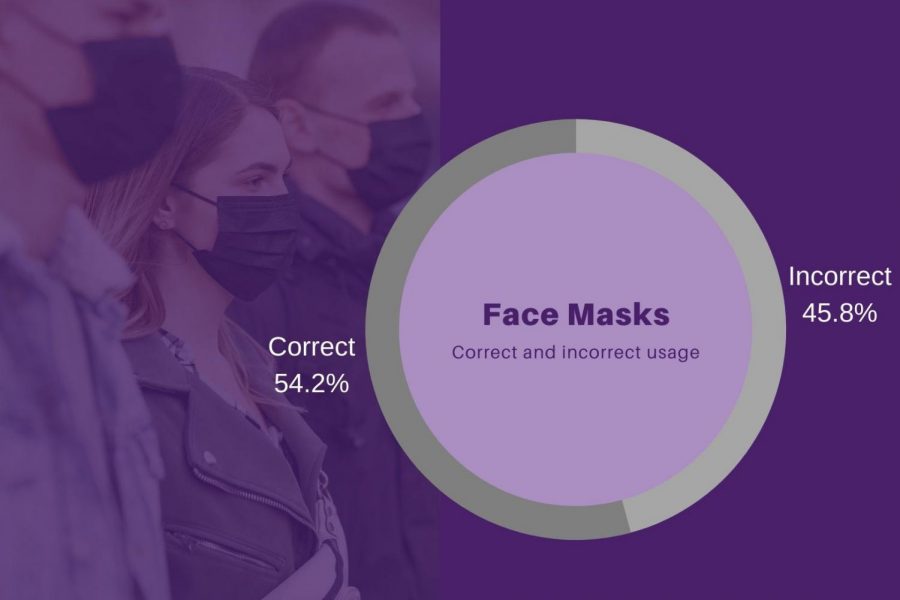
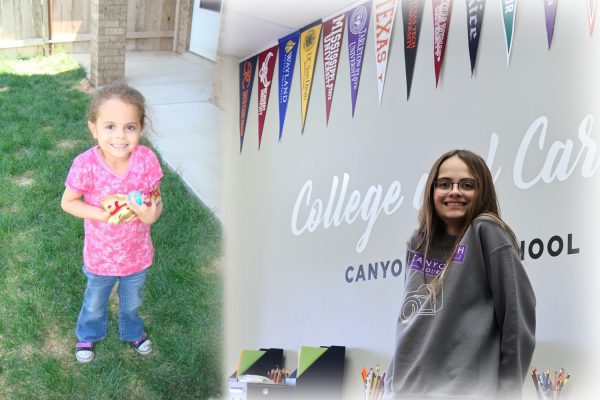

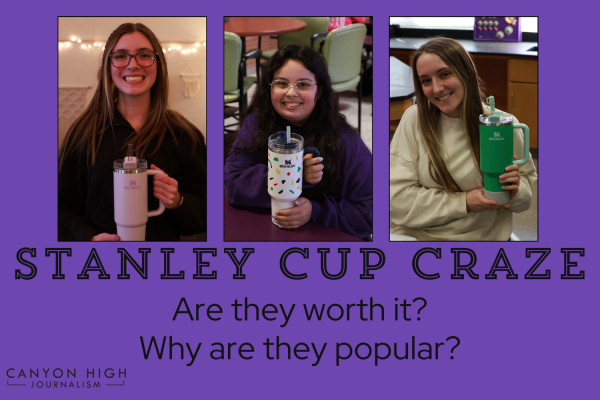
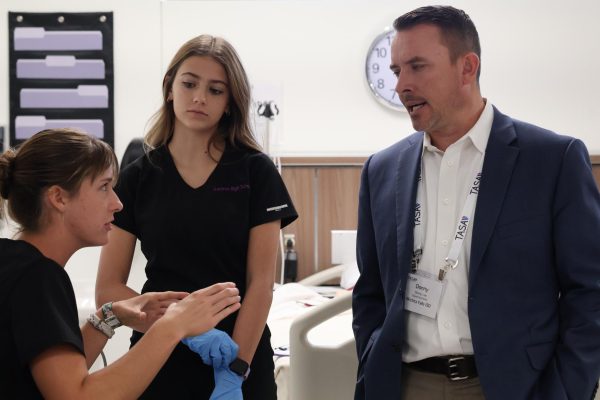

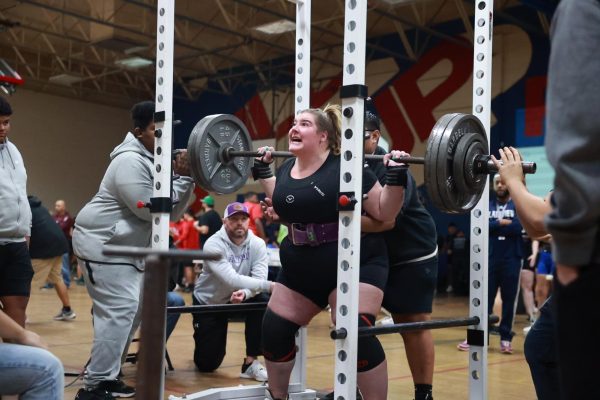


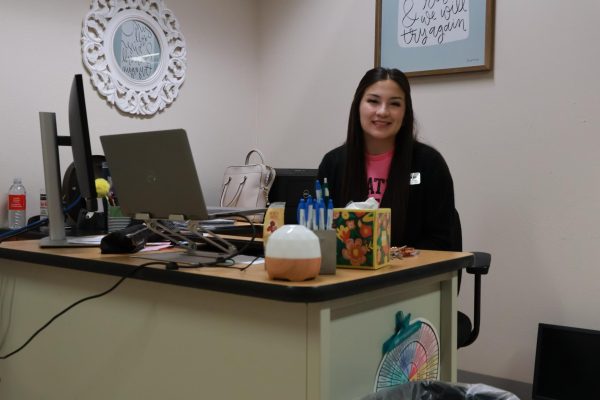

Tanner Owen • Dec 3, 2020 at 2:36 pm
https://www.ncbi.nlm.nih.gov/pmc/articles/PMC4420971/